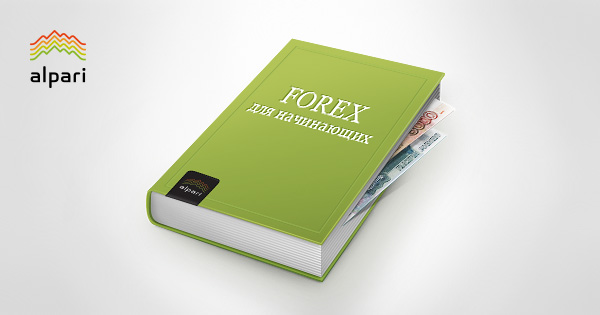In this article I would like to tell you a secret that hardly anyone knows and even experienced traders haven’t thought of. Did you know that all currency pairs are dependent not only on one another but also on a third factor which is not part of the trade? This dependence explains the multidirectional movement of the dollar in different currency pairs and, correspondingly, the lack of understanding as to how to hedge on the currency market. By knowing what the rate of one currency or another depends on, you can hedge your positions using other stock trading instruments. This is very pertinent when, for example, a sharp correction occurs on the market, your position goes into negative territory and you don’t want to close it. You can actually protect your profit from threats by opening a trade on the “dependent” instrument.
So what’s the secret? There is such a thing as commodity currencies (or countries). The economies of some countries are inextricably linked to the export of oil and oil prices are calculated in US dollars. Canada and Russia are two examples of countries that are tied to oil, with the Canadian dollar and the Russian rouble both dependent on the price of black gold. If oil declines, these commodity countries will incur losses, their economies will decline and their national currencies will fall in value. If the price of oil rises, these countries’ economies will flourish, with their currencies gaining value. If you take a look at a price chart for the Canadian dollar or the Russian rouble and compare it with one for oil, you will see a clear trend showing the dependence of these two currencies on the price of black gold.
The Australian dollar is also considered a commodity currency since Australia’s economy is based on the export of iron ore, gas and other useful minerals. As such, the Aussie correlates with iron as the Canadian does with oil. Another commodity currency is the New Zealand dollar. New Zealand is an active exporter of commodities, particularly useful minerals (iron ore, coal, oil), agricultural produce and so on. Diagnosis: dependent on copper.
It’s worth remembering that currency pairs which include a commodity currency are much more liquid and, I believe, easier to forecast. If internal macroeconomic statistics have an effect on currency rates at the time they are released, then analysis of commodities gives us an indication of long-term currency pair movements, i.e. showing us the trend!
As for popular currencies such as EUR or GBP, their exchange rates are affected by a great number of economic factors. This is where the increased volatility, price swings and incomprehensible body movements for currency pairs come from, reflected in the cross rates in many different ways. For novice traders, I would recommend sticking to commodity currencies, to begin with, as they are the most predictable. Be aware of this in your trading and reach success!
